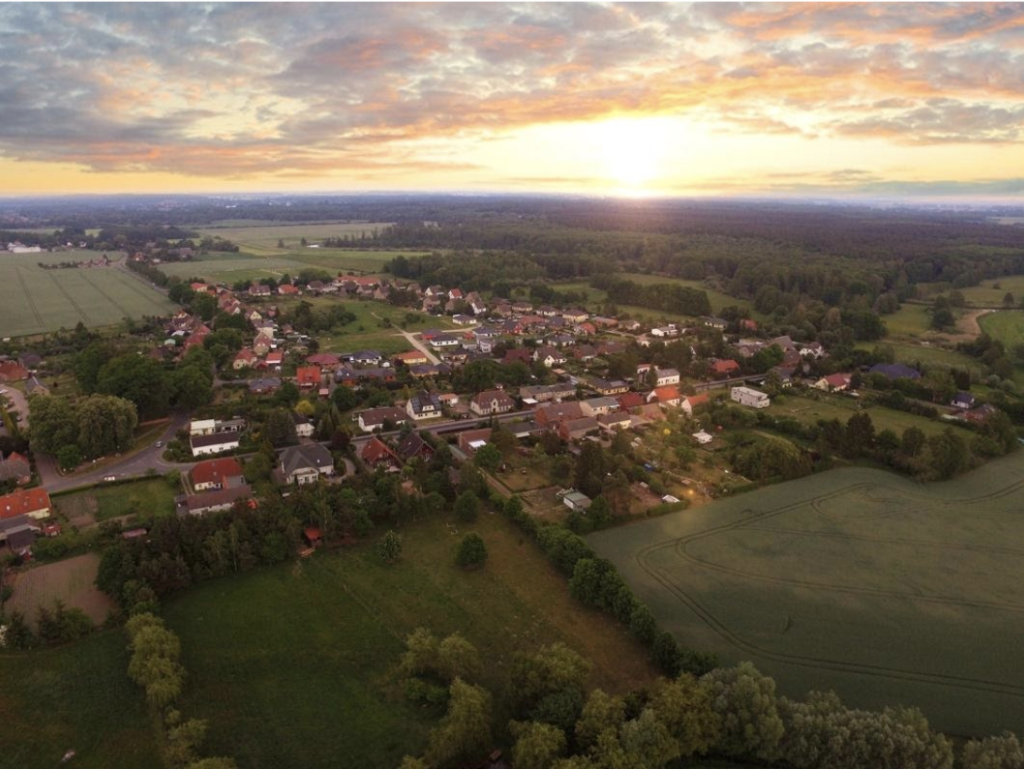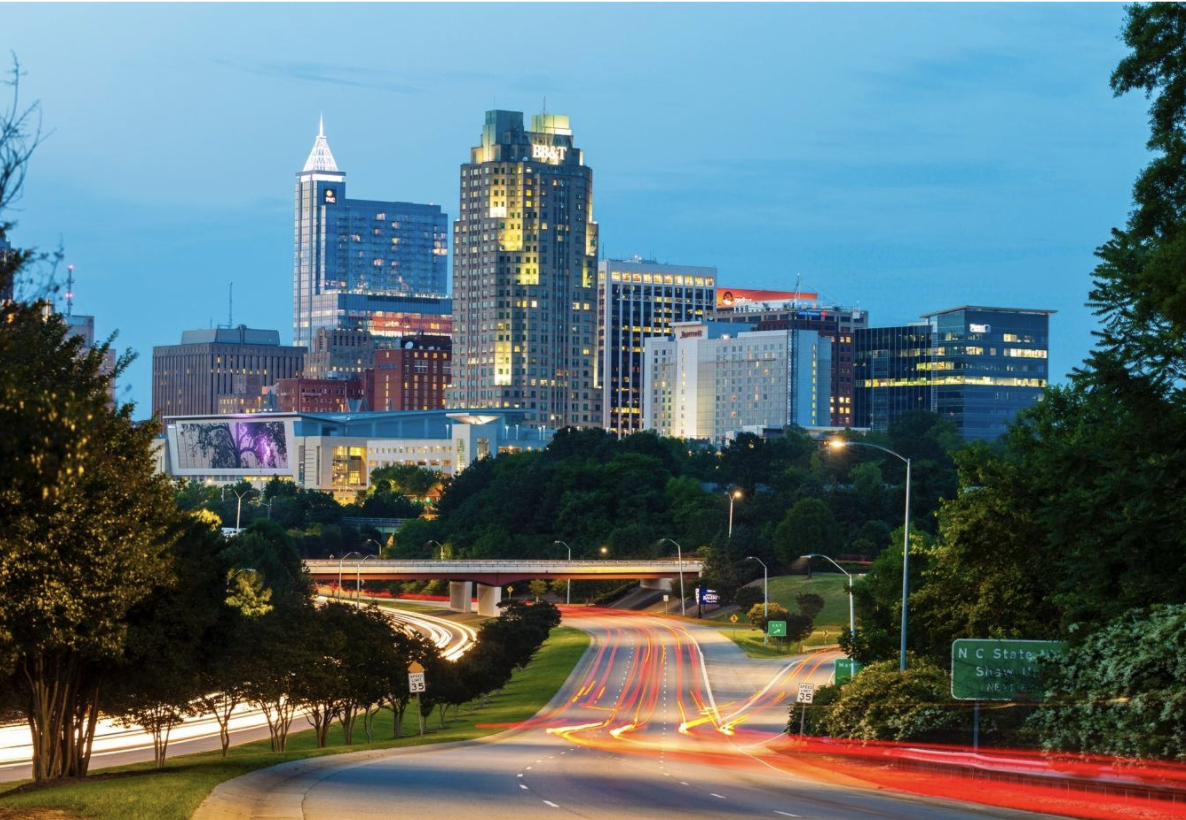The COVID-19 pandemic has been the catalyst that could completely change people’s work/life balance and the way we use, or even if we use, our office spaces.
As the pandemic struck, those employees fortunate enough to have the option suddenly found themselves working from home. Despite the supposedly temporary nature of this measure, remote working is now set to become long term for many. Google, Apple, Facebook, Square and Twitter are among many major companies that have had their employees working from home during the pandemic, with Facebook suggesting 50% will continue to do so, and Jack Dorsey, CEO of Square and Twitter, stating that he wants many of his employees to work from home permanently. Additionally, in September 2020, Reuters reported that US-based Enterprise Technology Research (ETR) had surveyed CIOs globally, finding that they anticipated 34.4% of their employees to be permanently remote in 2021.
Future of Remote Work
For now, this means a considerable amount of office space sitting vacant, especially in Tier 1 cities such as New York, Los Angeles, and Chicago. Allowing for those workers who do need to be in the office, combined with possible future arrangements for flexible work – perhaps one or two days a week in the office – means these buildings will continue to be used, to some extent. However, it’s inescapable that many office towers will be, if not empty, at least seriously underused for some time to come. This will likely lead to a considerable amount of distressed real estate becoming available for developers to snatch up at bargain prices.
For employees, the benefits of remote working are obvious – they save time, stress and money due to no longer having to commute, and enjoy greater flexibility in their working hours. On the other hand, they have had to quickly arrange a dedicated work area in their home, sometimes competing with a partner also working from home and/or children needing online learning. This has led to two things; first a desire for larger living accommodation, allowing for at least one home office, if not two, and second, the end of a requirement to live within commuting distance of a busy downtown core. The combination of these two factors has meant that the move away from major cities towards more affordable urban centers is on! Tier 2 and Tier 3 cities, with more affordable real estate, are both attractive to workers wishing to relocate and also ripe for further development.
Commercial Real Estate Trends
In Tier 1 cities, commercial real estate is becoming less attractive and even those companies that choose to maintain office space will likely trend towards buildings that are both smaller and – at the same time – more spacious. Physical distancing will not end any time soon, but with fewer employees coming into the office on a daily basis, space can be adjusted to allow for ‘hot desking’ and virtual, rather than in-person, meetings. Low-rise buildings may be more popular as there will be less desire to crowd into elevators two or three times a day. Empty properties may still offer opportunities for investors, but more affordable locations will likely offer more attractive options.
As workers move to Tier 2 and Tier 3 cities, the demand for affordable housing in these locations will increase. Municipal planning budgets are likely to focus on the redevelopment of these urban centers to accommodate the needs of an influx of people accustomed to ‘big city’ amenities. New housing will need to meet the desire for increased square footage and ready access to outdoor space, resulting from the work-from-home movement and the pandemic lockdowns, respectively. There is also growing concern about climate change, and the importance of increasing both income and racial equity. Workers who have realized the benefits of being location independent may still want access to office space and/or meeting space outside of the home on occasion, spurring an interest in shared office spaces.

The sudden influx into a medium-sized city of a well-paid, well-educated workforce, even if it is mainly home based, means a rapid growth in ancillary businesses to service it. Remote workers need readily available connectivity, necessitating courier services, and high-speed internet service providers with the infrastructure development to accommodate them. The move to working from home has helped to rapidly break down technological barriers – a trend that will continue. With commuting a thing of the past, those working from home will have extra hours to spend in their own communities – they will demand the amenities they have been accustomed to. Education and health care will also need to expand.
The pandemic has increased the rate of a changed approach to shopping that was already under way, and many traditional retail outlets have closed their physical stores permanently. Existing retail stores that are now shuttered may be repurposed as restaurants, cafes, gyms, and entertainment venues. Meanwhile, warehouse construction, to accommodate the massive increase in online shopping, will be a major factor in commercial real estate investment.
Commercial Real Estate Investing Opportunity
Opportunities for commercial real estate outside the major metropolitan areas will abound. Developers will be looking to benefit from the growth in commercial real estate in these smaller cities, which will also lead to greater opportunities for non-traditional lenders. Troubled loans are rising, resulting in banks tightening their lending standards. This increases the demand for alternative lenders, with beneficial effects for private credit.
A recent report From PwC points out the attraction of Tier 2 cities, not only to remote workers, but also to companies looking to relocate.
“Cost-conscious companies will gravitate toward cities that are business friendly and low cost, with large, growing workforces.” – PwC.com Emerging Trends in Real Estate: US and Canada, October 2020.
The report lists the top Tier 2 cities in the US in terms of real estate prospects and investment demands. Tier 2 cities present more affordable markets for those commercial real estate investors and developers for whom Tier 1 markets are out of reach. Investors looking to purchase commercial real estate can therefore benefit from the ongoing growth of Tier 2 cities.
Best Tier 2 cities in the US for investment according to PwC:
| OVERALL REAL ESTATE PROSPECTS | HOME BUILDING PROSPECTS | ||
| 1 | Raleigh/Durham | 1 | Raleigh/Durham |
| 2 | Austin | 2 | Austin |
| 3 | Nashville | 3 | Dallas/Fort Worth |
| 4 | Dallas/Fort Worth | 4 | Jacksonville |
| 5 | Charlotte | 5 | Tampa/St. Petersburg |
| 6 | Tampa/St. Petersburg | 6 | San Antonio |
| 7 | Salt Lake City | 7 | Boise |
| 8 | Washington DC | 8 | Atlanta |
| 9 | Boston | 9 | Denver |
| 10 | Long Island | 10 | Nashville |
Credit: PwC: Emerging Trends in Real Estate: US and Canada
2021 Commercial Real Estate Forecast
The PwC report identifies key areas for development in 2021, topping the list are: warehouses, medical offices, lower-income rental properties, single-family rental properties, research and development facilities, and community shopping centers.
It also considers pandemic/post-pandemic health and safety concerns for commercial real estate development. Increased space, ventilation, and touch-free technology are key attractions for investors; new buildings with advanced HVAC systems and touchless technology will be preferred over older buildings.
As we move towards a post-COVID economic recovery, investors and lenders in commercial real estate will see exciting development opportunities, particularly in those medium-sized cities that are now attracting an influx of young and middle-aged professionals and their families. The demand for commercial spaces that are up to date in terms of health, safety and community accessibility should also be a major factor in future real estate development.
Sources
The Atlantic – Derek Thompson The Workforce Is About to Change Dramatically, August 2020
MYND.co How Working Remotely Will Affect the Future of Real Estate, January 2021
PwC.com Emerging Trends in Real Estate: US and Canada, October 2020.
Deloitte.com – 2021 Commercial Real Estate Outlook – Jim Berry, Kathy Feucht – December 2020

